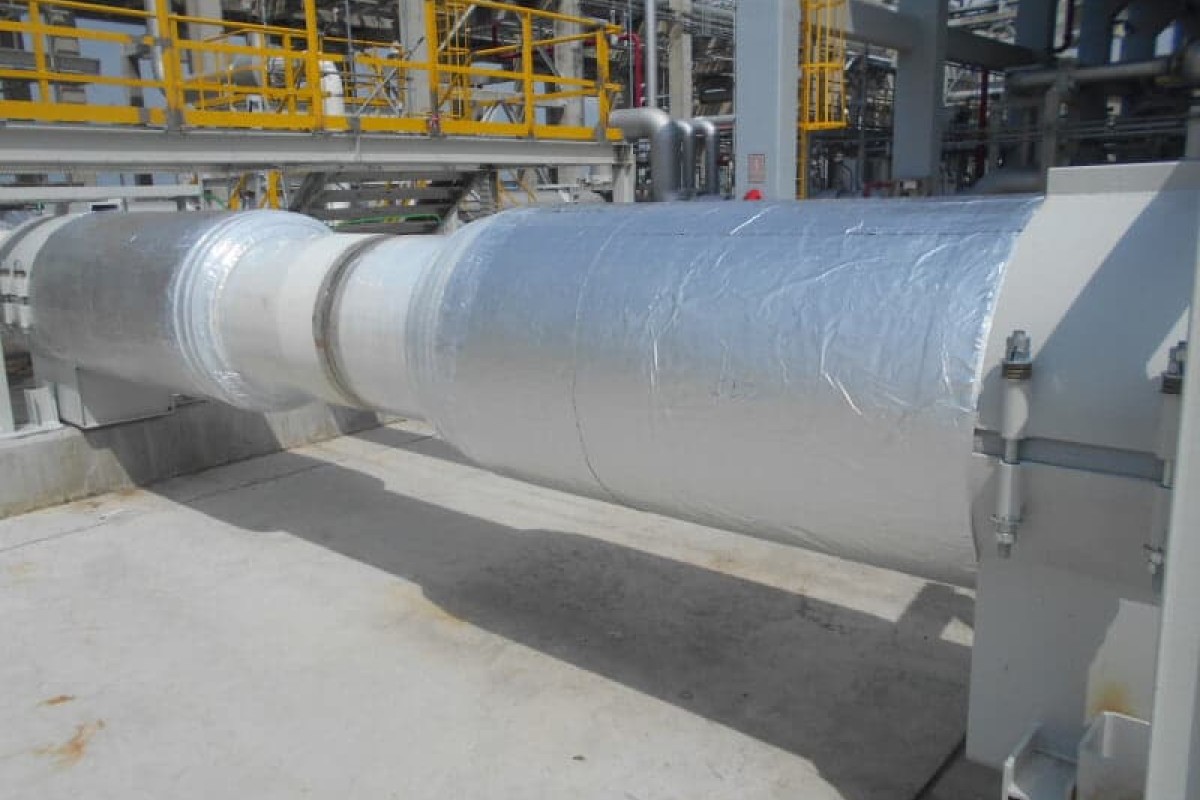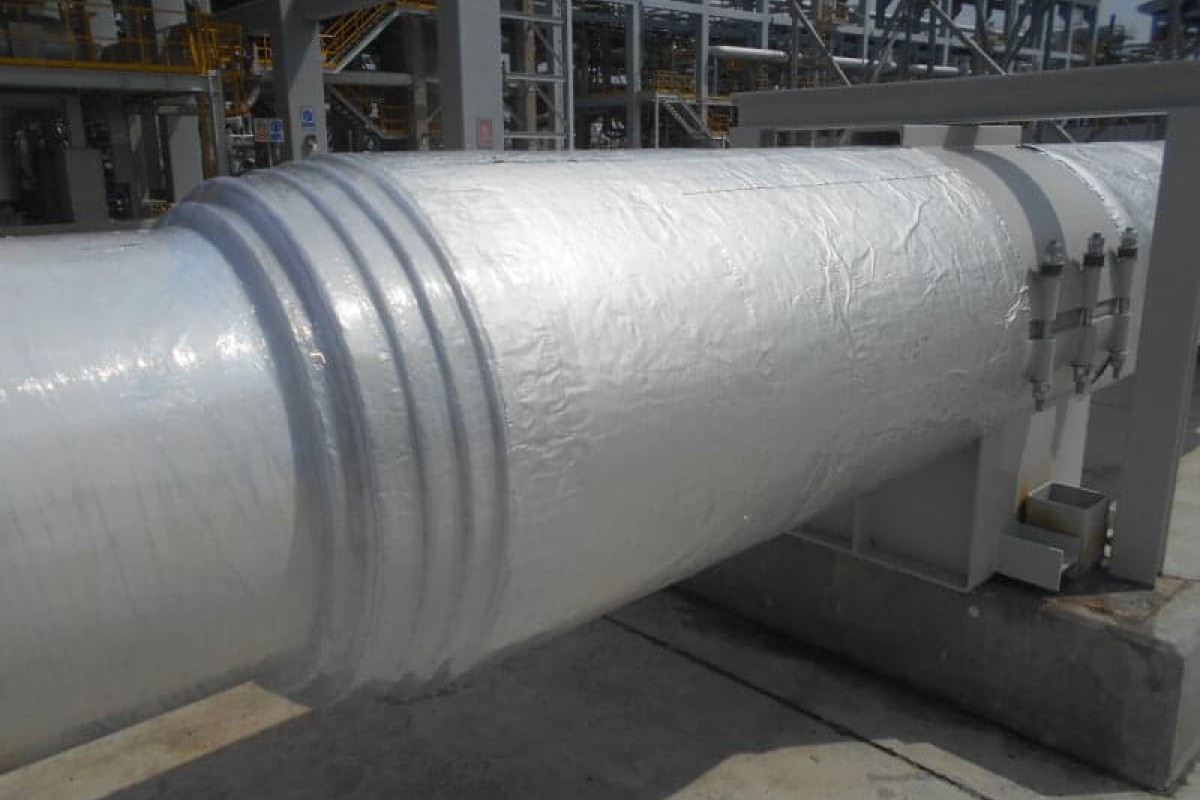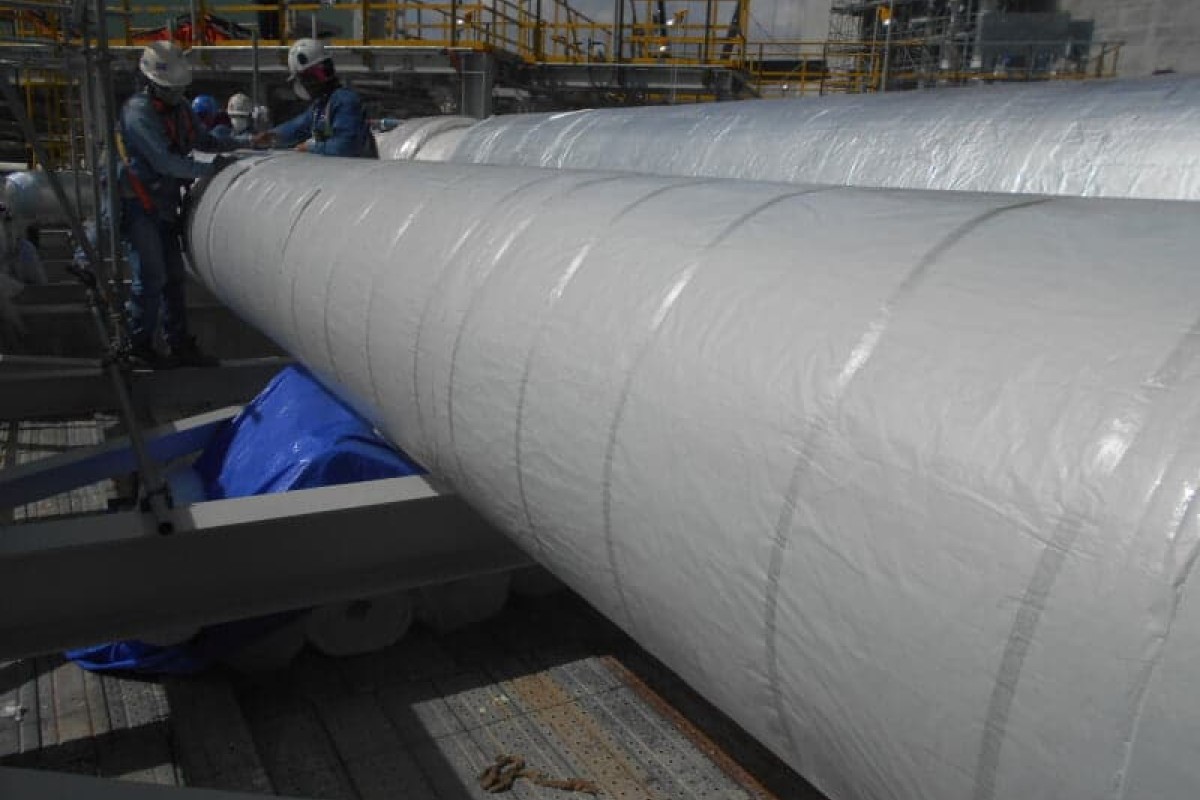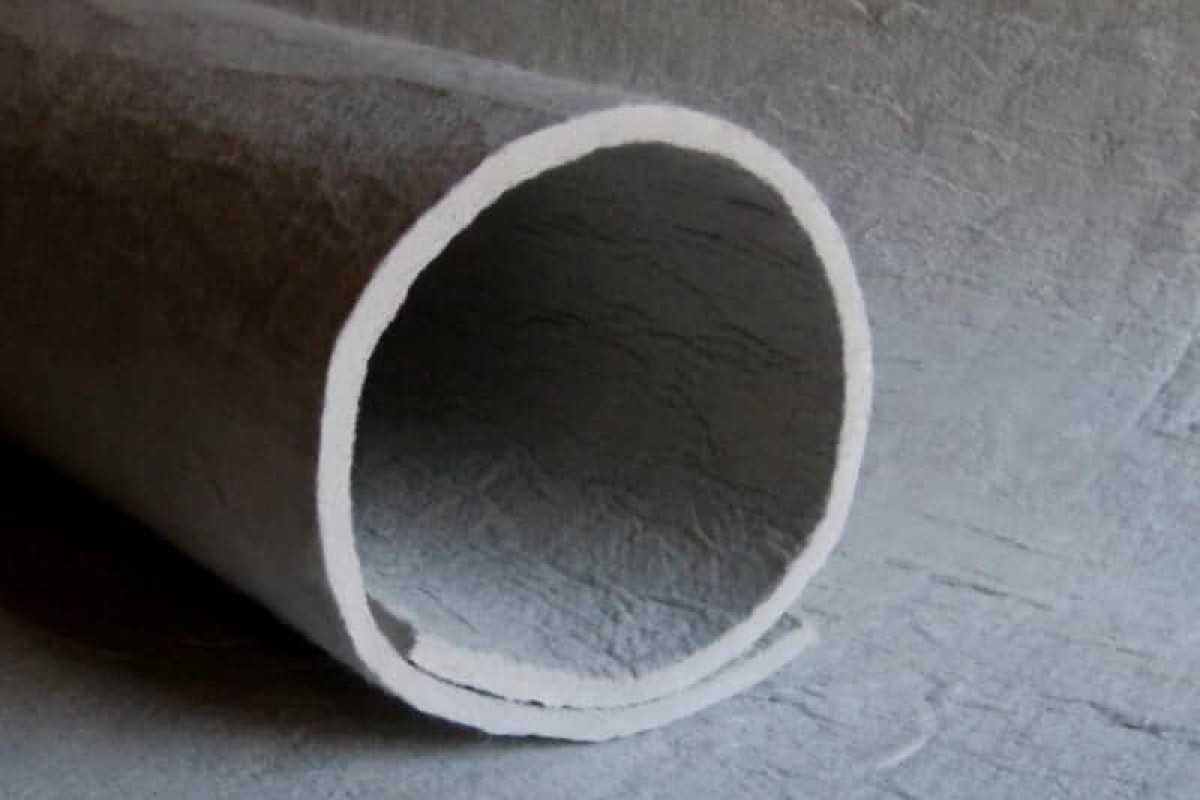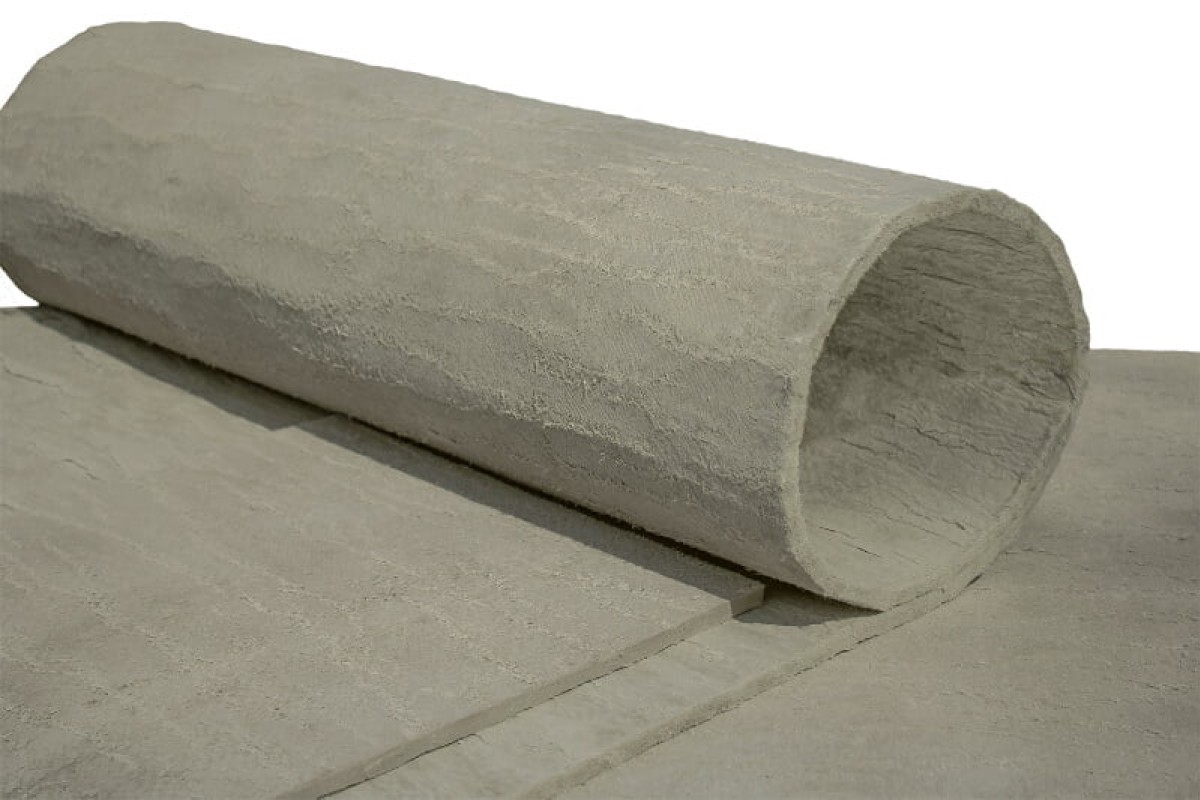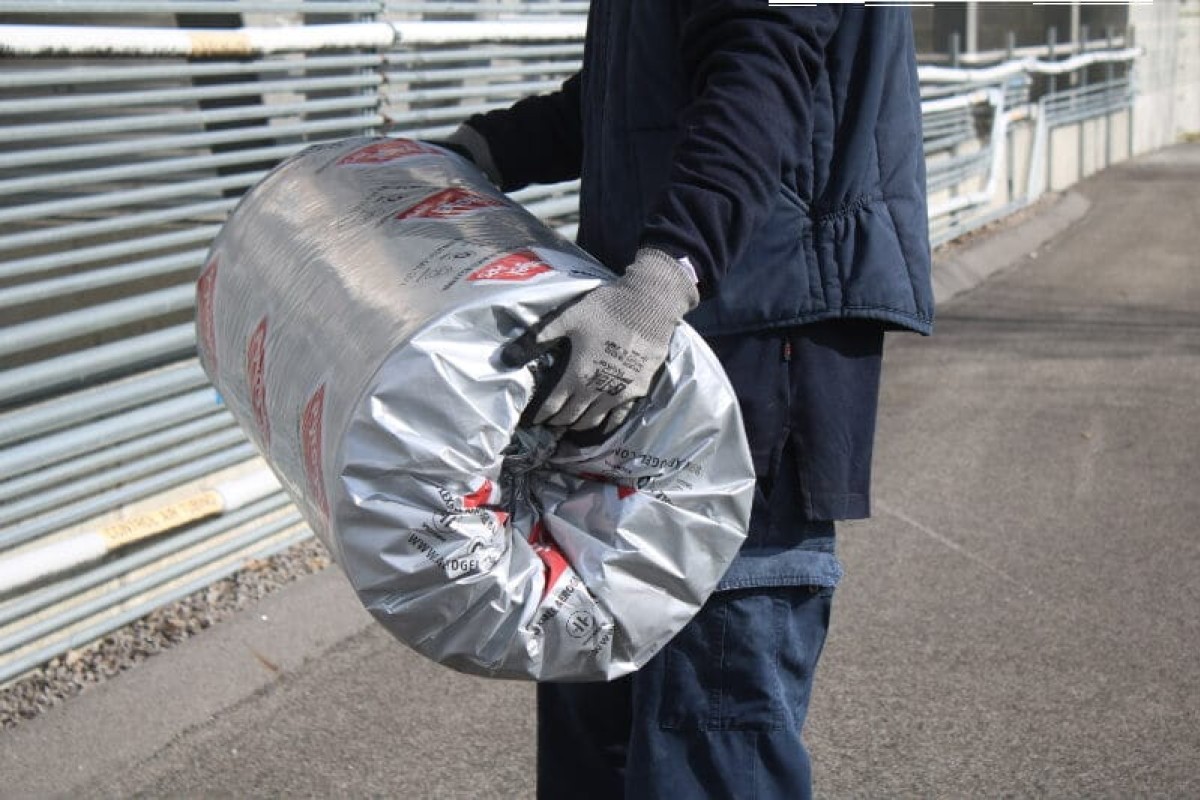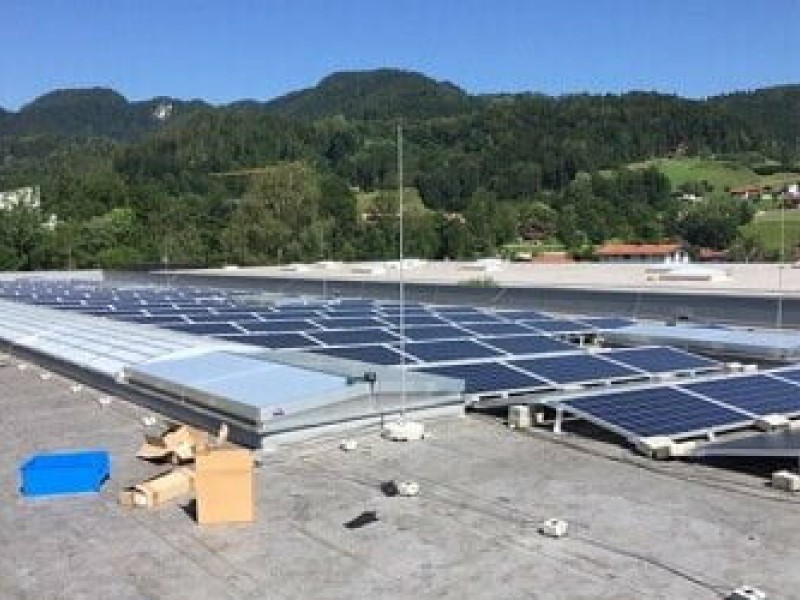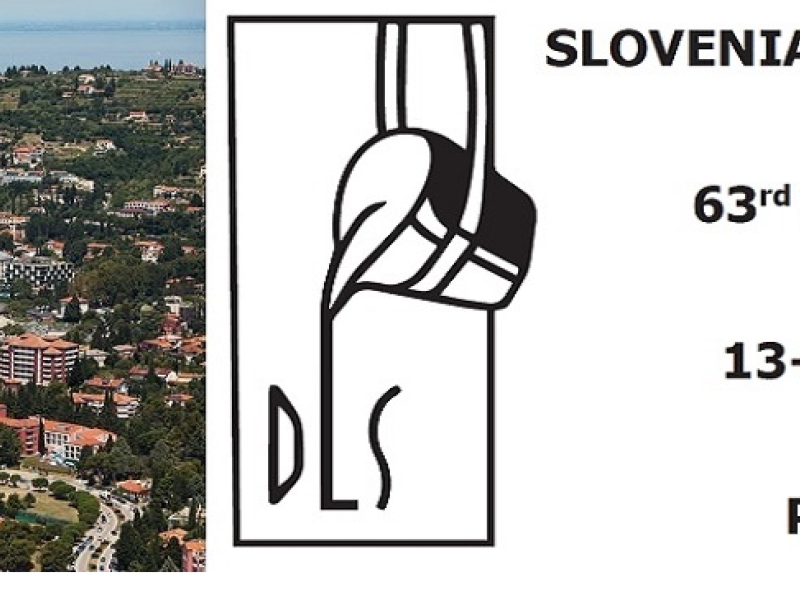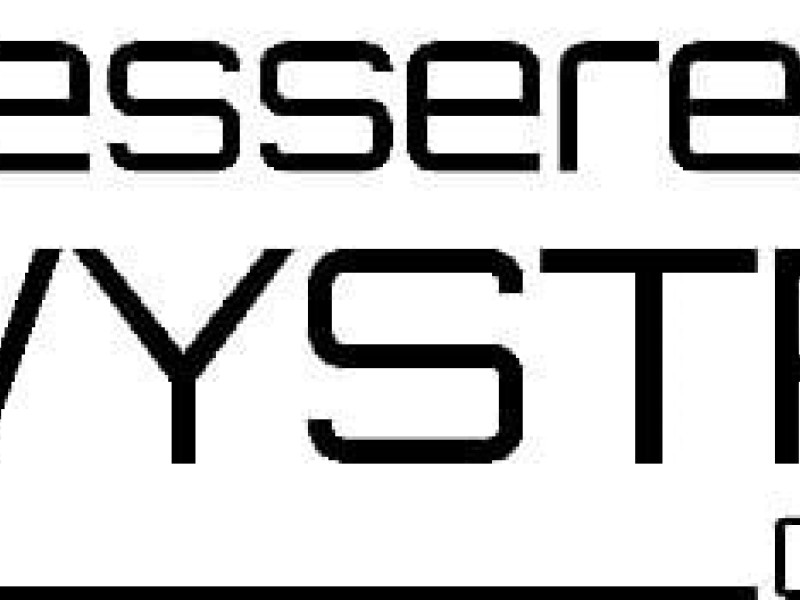High-performance airgel insulation mats for both hot and cold applications.
Pyrogel ® and Cryogel ® are used in industry and in building insulation.
The properties of the aerogels make them the most effective thermal insulator in the world.
- Low density
- Most effective thermal isolator
- Industrial and building insulation application
The unique, patented process integrates airgel into a fiber-fleece reinforcement to create flexible, elastic and durable airgel blankets with superior insulating properties.
Aerogels have been around for more than 80 years. Invented in 1931 by Dr. Samuel Kistler at the College of the Pacific in California, silica airgel is a light solid derived from gel in which the liquid component of the gel has been replaced with gas. When the liquid is removed, what remains is "blown sand" with a porosity of up to 99 %. The result is an extremely low density solid with several notable properties, most notably its effectiveness as a thermal insulator. Aerogels also have value in new applications such as energy storage, filtration and carbon capture.
The solids in silica aerogels are poor conductors and consist of very small, three-dimensional, intertwined clusters that make up only 3 % of the volume. The conductivity through the solid is therefore very low. The remaining 97 % of the volume of the aerogels consist of air in extremely small nanopores. The air has little room to move, which hinders both convection and gas phase conduction. These properties make aerogels the lowest density solid and the most effective thermal insulator in the world. After many decades as a laboratory curiosity, Aspen Airogels has successfully commercialized a technically and economically feasible form of airgel for industrial and building insulation applications. These developments represent the first application of our airgel technology platform based on silica airogels.
Tagged
You might also like
-
Photovoltaic system expansion stage I
Published on
-
Foundry trade fair Portoroz 2023
Published on
-
10 Years Part of the Team
Published on
-
Company outing Burgenland 2019
Published on

